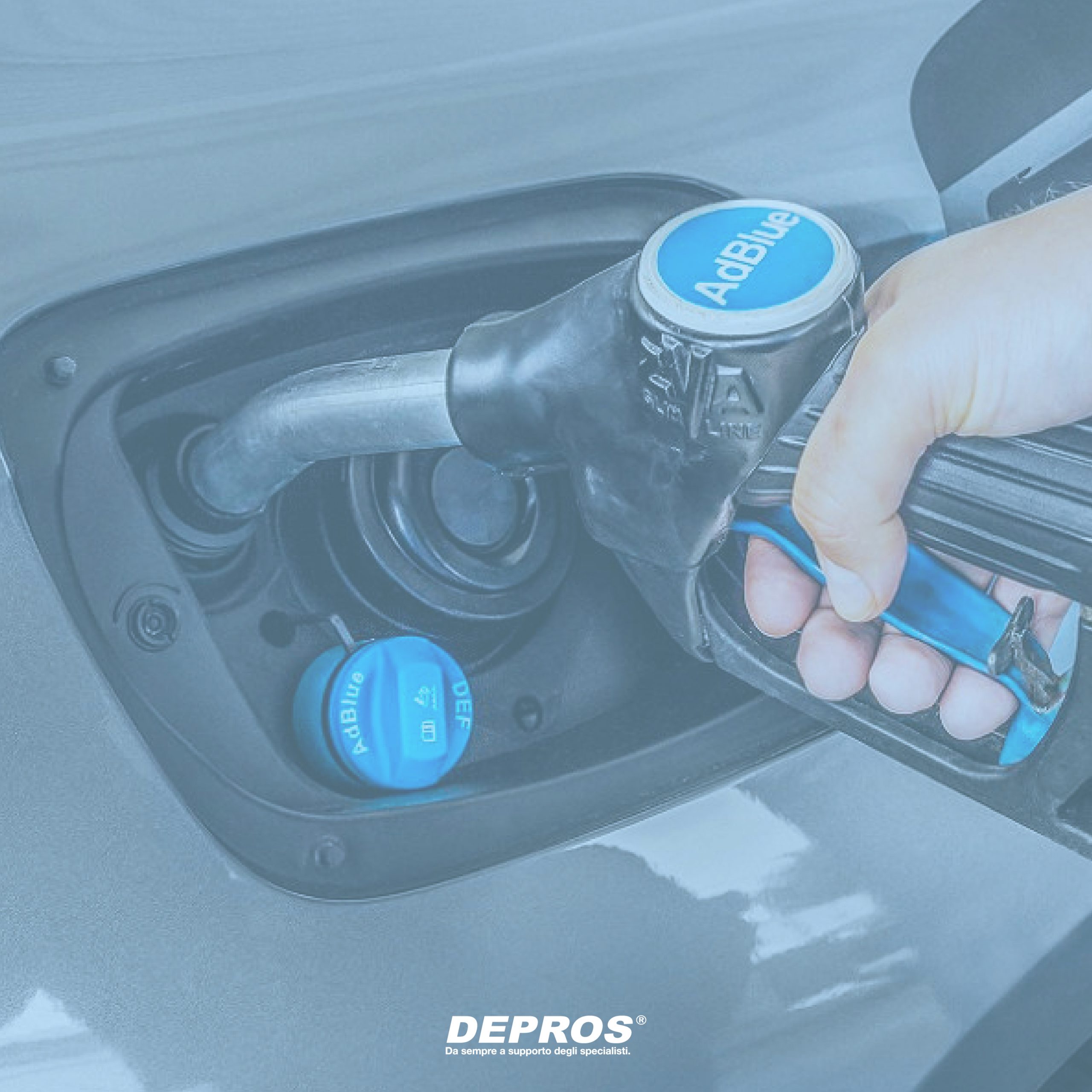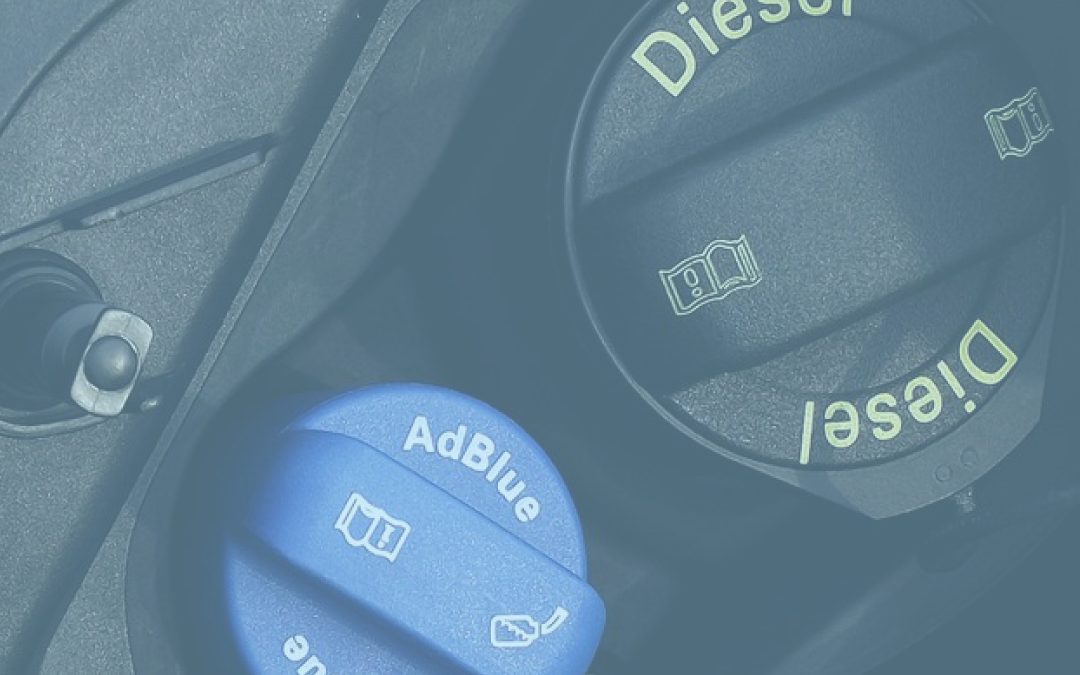For years, efforts have been underway to create a diesel engine capable of producing cleaner emissions.
However, with emission standards constantly evolving and the possibility of a complete ban on diesel vehicles becoming a reality, manufacturers and drivers have turned to alternative solutions.
AdBlue: The solution!
Let’s start by knowing that when diesel engines burn fuel, they emit nitrogen oxide and nitrogen dioxide into the atmosphere. These are the main pollutants that contribute to respiratory and air pollution problems. This is why threats often arise regarding the complete elimination of diesel engines or the use of systems like AdBlue.
AdBlue is a non-toxic, colorless, odorless, and non-flammable solution of urea and water, which is placed in a dedicated tank in the car, typically with its own sensor and indicator. The substance is injected into the exhaust system to clean the escaping gases. It breaks down nitrogen oxide emissions into water vapor and harmless nitrogen gas. Its official name is AUS32, a 32.5% aqueous solution of urea and 67.5% demineralized water.
What is AdBlue used for?
AdBlue in diesel engines helps reduce NOx (nitrogen oxide) emissions, in combination with the SCR technology required by Euro 6 vehicles. It is atomized through a special injector located in the exhaust system and, at high temperatures, transforms into carbon dioxide and ammonia. The ammonia converts NOx into nitrogen and water vapor, thus reducing polluting emissions. The additive must be poured into a separate tank, naturally located on the vehicle.
How does AdBlue work?
This is a temporary alternative adopted by many car manufacturers, which are reducing emissions by installing devices with SCR (Selective Catalytic Reduction) technology. This is an emissions control system designed to convert nitrogen oxides into nitrogen, water, and small particles of CO2. The SCR system, or Selective Catalytic Reduction, is an exhaust gas control technology that requires the use of AdBlue reagent. The use of this solution has increased rapidly, and it is mandatory for drivers with Euro 6 vehicles who want to get the most out of their vehicle before it’s too late and they’re forced to switch to gasoline or electricity.
Many older car models are not equipped with SCR technology, and therefore AdBlue cannot be used to reduce exhaust pollutants. Among the manufacturers that have recently opted for SCR for their current vehicles are Volkswagen, Audi, Mercedes, Peugeot, Citroën, and Jaguar.
NOx, which are typically released from diesel exhausts, are harmful to the environment. AdBlue breaks them down using SCR technology and the SCR process. The additive is sprayed into the exhaust stream using a post-combustion process. It never comes into contact with the diesel fuel itself. The water vapor, nitrogen, and carbon dioxide produced are released from the exhaust.
Some useful tips…
It’s important to note that AdBlue must always be poured into the dedicated tank, ensuring it is never filled with diesel fuel. For storage and refueling, specific equipment and tools must always be used, which must be kept clean and free of dust or dirt to avoid contaminating the product. Never use tap water, fuel, oil, or other liquids to clean or prepare equipment; only demineralized water should be used. For best preservation, it should be kept away from direct sunlight and at a temperature below 30 degrees Celsius.
On which cars is AdBlue mandatory?
Euro 6 is a European legislative act in force since 2016. It aims to make cars more environmentally friendly by limiting exhaust emissions. It establishes restrictions on the amount of NOx and hydrocarbons that can be emitted per kilometer by a diesel-powered road vehicle. To reduce NOx emissions in exhaust gases, car manufacturers have implemented control technologies such as SCR, which is based on a catalytic converter upstream of which the AdBlue additive is injected, on all Euro 6 vehicles, for which the use of this special solution is mandatory.
How long does it last and how do I refuel?
According to some data, a typical medium-sized diesel car can travel 1,000 km on one liter of AdBlue. Most dedicated tanks hold about 10 liters or more. Consumption, however, depends not only on mileage, but also on driving style and load, especially for commercial vehicles.
Euro Diesel 6 vehicles with SCR technology are equipped with sensors that provide early warning when the AdBlue needs to be refilled and often send messages indicating how far you can travel before refueling.
It’s important to always maintain a certain level of solution, as EU legislation prohibits starting the engine if the solution runs out. Consult your owner’s manual for all the necessary information, including where the AdBlue tank is located, as the cap is always blue. Refilling is very simple.

Want to report a correction or request information? Leave your feedback and a comment for our experts!







